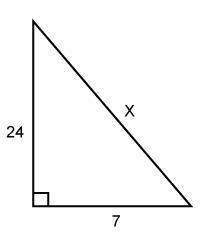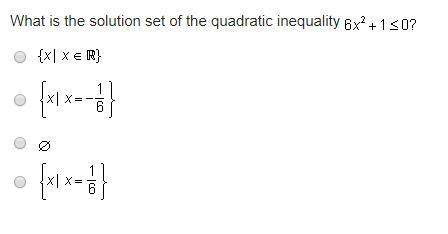
Mathematics, 28.07.2019 07:30 gtrsoccer
At the beginning of soccer practice a water cooler contained 5 gallons of water at the end of soccer practice the water cooler is only 1/4 full how many gallons of water are in the cooler at the end of practice explain

Answers: 1
Another question on Mathematics

Mathematics, 21.06.2019 17:00
The table shows population statistics for the ages of best actor and best supporting actor winners at an awards ceremony. the distributions of the ages are approximately bell-shaped. compare the z-scores for the actors in the following situation. best actor best supporting actor muequals42.0 muequals49.0 sigmaequals7.3 sigmaequals15 in a particular year, the best actor was 59 years old and the best supporting actor was 45 years old. determine the z-scores for each. best actor: z equals best supporting actor: z equals (round to two decimal places as needed.) interpret the z-scores. the best actor was (more than 2 standard deviations above more than 1 standard deviation above less than 1 standard deviation above less than 2 standard deviations below) the mean, which (is not, is) unusual. the best supporting actor was (less than 1 standard deviation below more than 1 standard deviation above more than 2 standard deviations below more than 1 standard deviation below) the mean, which (is is not) unusual.
Answers: 1

Mathematics, 22.06.2019 00:00
The equation of line wx is y=2x-5. write an equation of a line perpendicular to line wx in slopeintercept form the contains points (-1,-2)
Answers: 2

Mathematics, 22.06.2019 00:00
What is 617.3 miles and each gallon of gas the car can travel 41 miles select a reasonable estimate of the number of gallons of gas karl used.
Answers: 1

Mathematics, 22.06.2019 03:30
On a certain portion of an experiment, a statistical test result yielded a p-value of 0.21. what can you conclude? 2(0.21) = 0.42 < 0.5; the test is not statistically significant. if the null hypothesis is true, one could expect to get a test statistic at least as extreme as that observed 21% of the time, so the test is not statistically significant. 0.21 > 0.05; the test is statistically significant. if the null hypothesis is true, one could expect to get a test statistic at least as extreme as that observed 79% of the time, so the test is not statistically significant. p = 1 - 0.21 = 0.79 > 0.05; the test is statistically significant.
Answers: 3
You know the right answer?
At the beginning of soccer practice a water cooler contained 5 gallons of water at the end of soccer...
Questions






Mathematics, 06.07.2019 17:10






English, 06.07.2019 17:10

Physics, 06.07.2019 17:10


Computers and Technology, 06.07.2019 17:10










